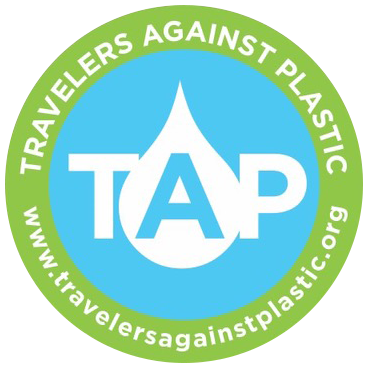Sea Turtles & Plastic Pollution
If there is a poster species for the worldwide epidemic of plastic pollution, it’s sea turtles. The mothers swim through islands of plastic on their migrations and crawl through plastic to find their spots to nest on beaches. Nests are impacted by toxic microplastic particles and hatchlings crawl back through macroplastic on their way to the water. They confuse plastic bags and balloons for their favorite food, jellyfish. Straws can get stuck in their noses and plastic spoons stuck in their throat. They get caught in six pack rings and ghost fishing gear. It’s inescapable and it takes decades to biodegrade.
We believe the long-term solution is ending single use plastic. But even if all plastic production was to stop today, millions of tons would still be floating in the ocean, impacting sea turtles, other ocean wildlife, and humans. We will advocate for ending the use of plastic through our platforms while searching for ways to help get this waste out of sea turtle habitat, in ways that support conservation efforts and local communities and reusing this waste into useful products.
five ways plastic affects sea turtles
Sea turtles can confuse plastic bags for jellyfish. A turtle in the water can’t tell the difference and will often eat the bag, which gets stuck in their stomach.
Trash on nesting beaches. Adult sea turtles in many places need to crawl through collected debris to find a place to nest and hatchlings can get caught in the debris trying to make their way to the ocean. Tiny bits of plastic in the sand can also affect nests and hatchlings.
They can get stuck in it while swimming. Many turtles make long migrations and pass through areas with a lot of ocean plastic. They can get caught in things like six pack rings or discarded fishing gear.
Mylar balloons filled with helium can also look like jellyfish. These balloons can travel hundreds of miles in the air and land in rivers or the ocean.
They can consume microplastic from their food. Tiny bits of plastic consumed by fish or other animals can then be eaten by those who eat them, like turtles (and humans.)
Most trash reaches the seas via rivers, and 80% originates from landfills and other urban sources. This waste, which is also consumed by fish and can entangle sharks and damage coral reefs, tends to accumulate in gyres (areas of slow spiraling water and low winds) and along coastlines.
There are 5 major ocean gyres worldwide. In the Pacific Ocean, the North Pacific Gyre is home to the “Great Pacific Garbage Patch”, a large area that is approximately the size of Texas with debris extending 20 feet (6 meters) down into the water column. It’s estimated that this “plastic island” contains 3.5 million tons of trash and could double in size in the next 5 years.
Banner Photo: Ben Hicks



